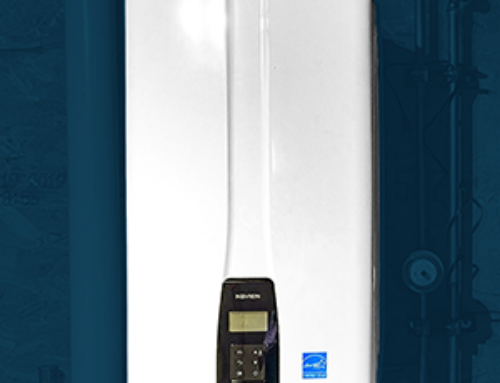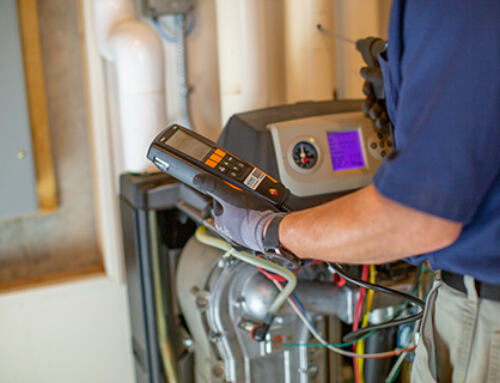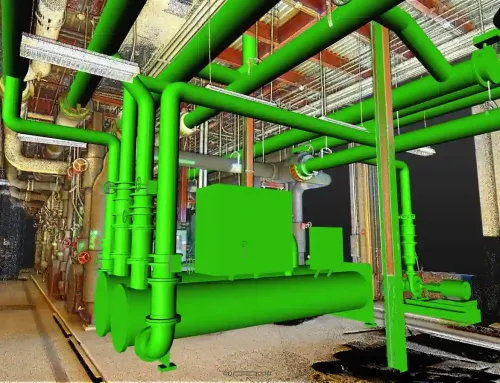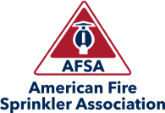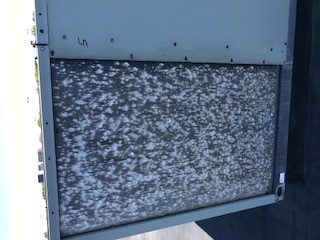
Howe offers complete commercial HVAC services for projects of all sizes throughout a four state region including South Dakota, Minnesota, Iowa and Nebraska. Our expert team is lead by our HVAC manager John Dougan, who has 15 years experience and oversees all new division and installations for new buildings and remodels. Our commercial HVAC service team leader, Adam Sundermann, came to Howe with 13 years of commercial service experience and handles services, repairs, maintenance and startups. Below, Adam explains a few things about commercial heating, ventilation, and air conditioning systems.
How do commercial heating, ventilation, and air conditioning (HVAC) systems differ from residential systems?
Usually, residential systems have one thermostat and the unit will supply hot and cold air throughout your whole house. Typically, the commercial systems are larger, and a lot of times, the systems are zoned separately. Commercial is installed with one unit and multiple thermostats throughout a building so every office can have it’s own thermostat and everyone can set their own temperature.
In commercial, you have to bring fresh air in from outside. You have to bring in so much fresh air depending on its occupancy or how many people are in the building.
Another difference is that commercial units are on the roof or in the back while residential units are in the basement.
Is different technology used for commercial and residential systems?
Heat load in commercial buildings, even in the winter (with computers, etc.) is high, so you don’t need as much heat in the building from a commercial unit. An economizer can help bring in free air from outside, and is intended to save energy consumption and money.
Zoning systems are used mostly in commercial. Some two-story homes may have a main level and upstairs thermostat, but typically this is only used in commercial.
A lot of commercial systems are tied into an energy management system (EMS) or a building management system (BMS) that talk to the units on the roof or the different offices and show the temperature of each room. Some buildings are tied into a national BMS where someone at corporate can control and see the temperature in the offices.
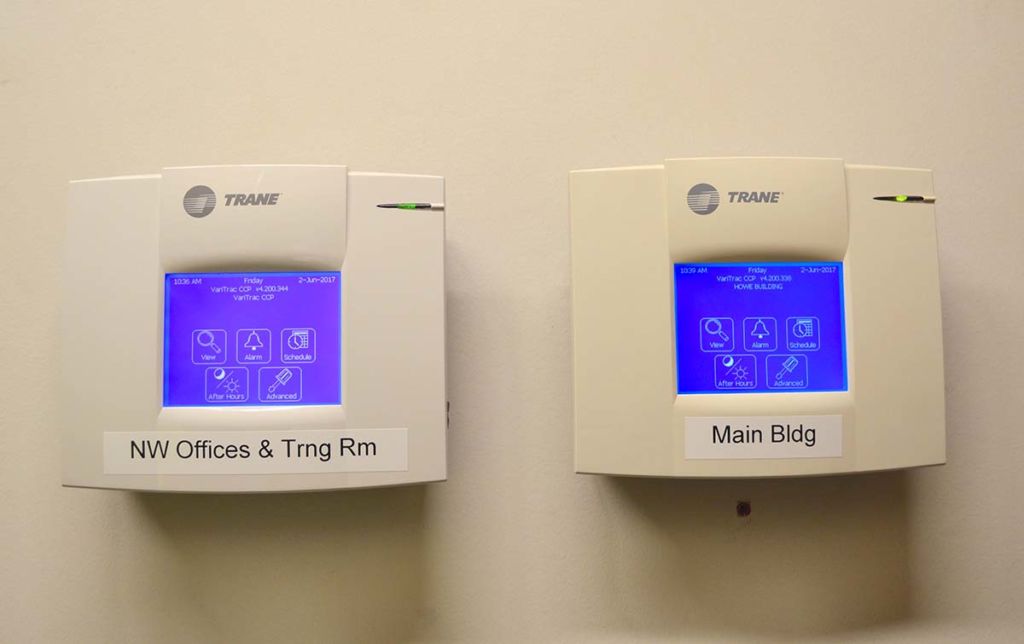
What type of ventilation is used in commercial systems?
Fresh or makeup air comes in through the unit on the roof through the economizer. There are big versions of exhaust fans called power roof ventilators that are used in bathrooms or in a kitchen where you want to ventilate hot air or grease.
What fuel is used for heating/cooling?
Natural gas is mostly used around the Sioux Falls area.
Do the size or capacity systems depend on building size?
For a large building you could do one huge unit, or you could have multiple smaller units. We rate everything in tons of capacity, which is a certain amount of heating. A house system might be a 2-4-ton system, but a building may have four 20-ton units. The nice thing about having multiple small units is that if one fails, you won’t lose all your heating or cooling. If you have one huge unit and it fails, your entire system will be down.
Would you recommend using the currently installed ductwork?
We don’t usually replace ductwork since it’s usually up in the finished ceilings and it would be pretty invasive to try and replace it. Usually commercial systems have a two or four-inch air filter so they are able to remove all the allergens and stay pretty clean. Unless you’re expanding the building and need new ductwork, you shouldn’t need to replace it.
What is the timeframe of an installation?
If it’s a rooftop unit (heating and cooling in one package) then we can change the unit out in a day.
Is there a need for regular maintenance?
We suggest that everyone does maintenance at least twice a year. In the fall we do heating checks and in the spring we do cooling checks. In the spring we clean the outside coils because cotton is flying around this time of year and it gets caught in the coils. When the HVAC unit gets dirty, it takes more energy to work correctly. We also change filters and check the belts between the motor. In some environments, the kitchen gets greasy so we perform monthly checks. There is a need for regular maintenance – it improves the efficiency and definitely improves the longevity of the units tremendously. You can prevent future emergency situations with regular maintenance checks.
What are some signs that it’s time to replace HVAC system?
If your unit starts slowing down or is having problems, it’s a good sign that you’ll need to update the system soon. Some manufactures stop repairing or making parts for units after so many years, so the whole unit will need to be updated. Sometimes parts are going to be more expensive than upgrading your whole unit.
Hail damage is another big problem. Every unit has coils (thin pieces of aluminum) that can fold over if they are hit by hail. Once a unit is damaged by hail, you can comb some of the coils out, but it won’t function as efficiently. Anytime we put a new unit on, we install a hail guard on it, which is screen with heavy material so hail can’t reach the coil.
Whether you wish to improve the efficiency of your existing heating or cooling systems or are considering upgrading to a new system, the certified HVAC technicians at Howe will help you make informed decisions and find the right product to fit your business needs. We’re also always looking for young people to join the HVAC industry!

